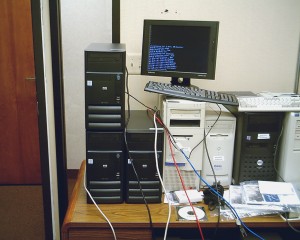 Pensions have changed a lot since the early days when employees could rely on a generous defined benefit (DB) plan to take them through their retirement years. DB plans, which guarantee a set payout on retirement, are being replaced by defined contribution (DC) plans or Group RRSPs.
Pensions have changed a lot since the early days when employees could rely on a generous defined benefit (DB) plan to take them through their retirement years. DB plans, which guarantee a set payout on retirement, are being replaced by defined contribution (DC) plans or Group RRSPs.
With these plans, there is no guaranteed benefit at retirement. Employees are often required to opt in and, in some cases, make investment decisions themselves. It’s still an important way to save for retirement, but it takes more effort from plan members – it’s your responsibility to stay on top of it.
No matter what type of retirement benefit plan you have at work, you should make sure it fits into your entire financial plan. Are you making the right choices? Are you contributing enough? Here are a few things you need to do to make sure you’re making the most of your savings at work:
1. Jump in — if you haven’t joined the plan, don’t delay. In particular, if your employer matches your contributions, you’re turning your back on free money!
2. Choose to choose – don’t get stuck in the default fund. If your plan lets you decide where to direct your contributions, then you need to choose the investment options designed to grow your savings. Staying in the default fund could mean your money is in a low risk and low return fund that won’t meet your needs when you want to retire.
3. Make it part of the plan – Talk to us about it. We can help you make the choices you need to ensure that your plan at work is a complementary part of your overall financial plan.











